-
Troppo Plant & Garden Articles
- Delicious Recipes
- TROPPO’s Food Forest in Te Puke, BOP (www,foodforest.org.nz)
- Troppo’s Plant Collection
- TROPPO's Nursery Directory
- Food Forests of New Zealand (www.foodforests.nz)
- Nursery Map - Plant Suppliers of NZ Directory (www.nurserymap.nz)
- Kids Garden Corner
- New Zealand Garden Bird Survey
- New Zealand Garden Groups
Feijoa Bambina: Can This Little Fruit Handle the Heat?

Question. Dear team, I will buy three plants of Feijoa (Pineapple Guava) Bambina. Could you advise whether the Bambina variety is as heat tolerant as other Feijoa varieties?
Answer. Feijoa Bambina, commonly known as Pineapple Guava, is a remarkable plant that has captured the hearts of many gardeners, especially those facing dry climates. This dwarf variety of Feijoa is not only valued for its compact size and delicious fruit but also for its resilience in drought conditions. In this article, we’ll delve into the drought tolerance of Feijoa Bambina and how it can be a valuable addition to water-wise gardens.
Understanding Feijoa Bambina
Feijoa Bambina (Acca sellowiana) is a smaller cultivar of the broader Feijoa species, known for its fragrant flowers and tasty, guava-like fruits. Originating from the highlands of South America, particularly southern Brazil, northern Argentina, Paraguay, and Uruguay, Feijoa Bambina has adapted to thrive in various environments, making it a versatile choice for gardeners worldwide
Drought Tolerance in Feijoa Bambina
Natural Resilience:
Feijoa Bambina’s drought tolerance is one of its standout features. Like its parent species, it has evolved in regions with periodic dry spells, making it well-equipped to handle similar conditions in cultivated gardens. Its ability to thrive with limited water makes it an ideal candidate for xeriscaping and other low-water landscaping techniques.
Deep Root System:
One of the key factors contributing to Feijoa Bambina’s drought resistance is its deep root system. These roots allow the plant to access moisture from deeper soil layers, ensuring its survival during extended dry periods. This adaptation reduces the need for frequent watering, although supplemental watering can enhance fruit production during particularly dry spells
Soil and Mulching Practices:
Feijoa Bambina performs best in well-draining soil, which helps prevent waterlogging and root rot. To optimize water retention and maintain soil moisture, mulching around the base of the plant is highly recommended. Organic mulches such as straw, wood chips, or compost can help keep the soil cool and moist, reducing evaporation and promoting healthier root development
Maintenance During Drought:
While Feijoa Bambina is naturally drought-tolerant, there are several practices gardeners can adopt to support the plant during prolonged dry conditions:
- Regular Deep Watering: Although it can survive on minimal water, providing deep, occasional watering can boost the plant’s health and fruit yield. Aim for deep watering sessions rather than frequent, shallow watering to encourage deep root growth.
- Shading and Shelter: During extreme heat, providing some shade or shelter can help reduce water stress on the plant. This is particularly important for young plants or those in very exposed locations.
Practical Tips for Growing Feijoa Bambina in Dry Climates
- Choose the Right Location: Plant Feijoa Bambina in a spot that receives full sun to partial shade. While it tolerates partial shade, full sun promotes the best fruiting.
- Prepare the Soil: Ensure the planting site has well-draining soil. If your soil is heavy or clay-based, consider amending it with organic matter or planting on a slight mound to improve drainage.
- Mulch Generously: Apply a thick layer of mulch around the base of the plant. This helps conserve soil moisture, suppresses weeds, and improves soil fertility as it decomposes.
- Water Wisely: During the establishment phase, water regularly to help the plant develop a strong root system. Once established, reduce the frequency but maintain deep watering sessions during dry periods.
- Monitor and Adjust: Keep an eye on the plant’s health, particularly during heatwaves or droughts. Adjust watering schedules as needed and provide additional care to support the plant’s resilience.
Conclusion
Feijoa Bambina is a resilient, drought-tolerant plant that can thrive even in challenging conditions. Its deep root system, combined with appropriate soil and water management, makes it an excellent choice for gardens aiming to conserve water while still enjoying the beauty and bounty of a productive fruiting plant. Whether you’re in a Mediterranean climate or facing periodic droughts, Feijoa Bambina can be a valuable addition to your garden, offering both aesthetic appeal and delicious rewards.




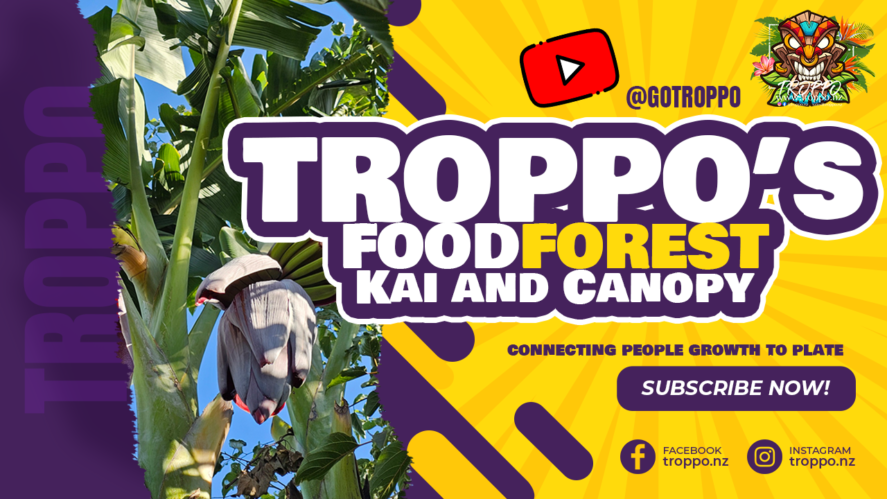



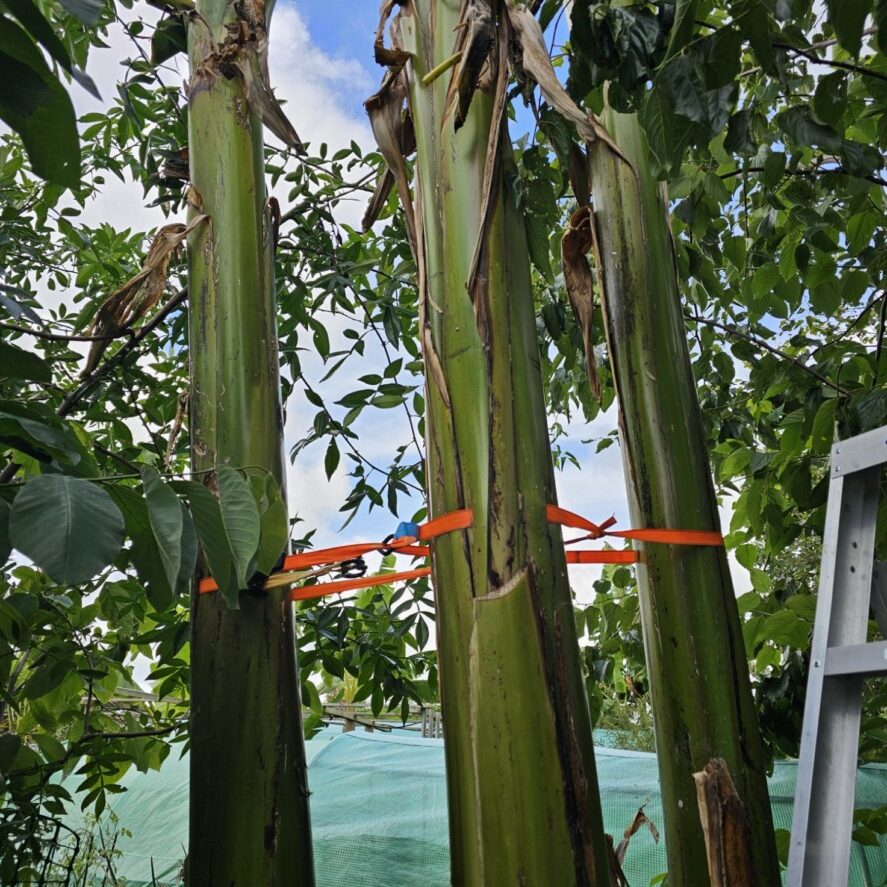
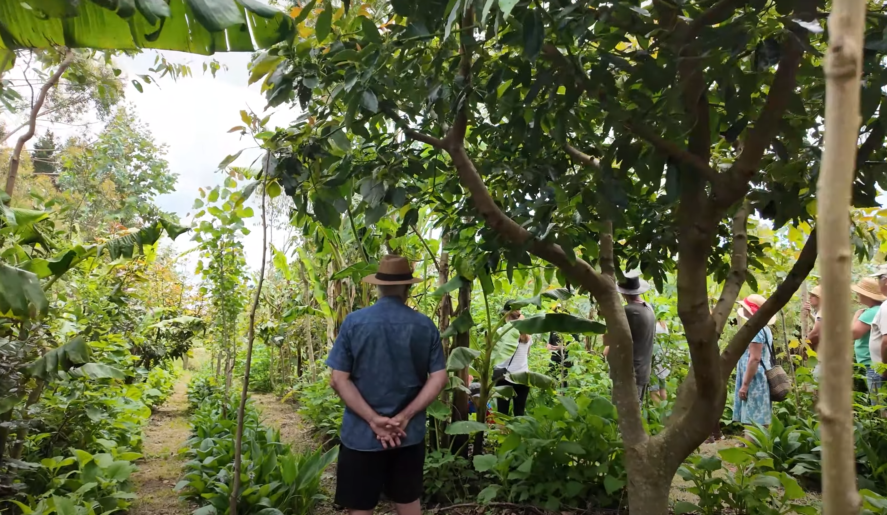
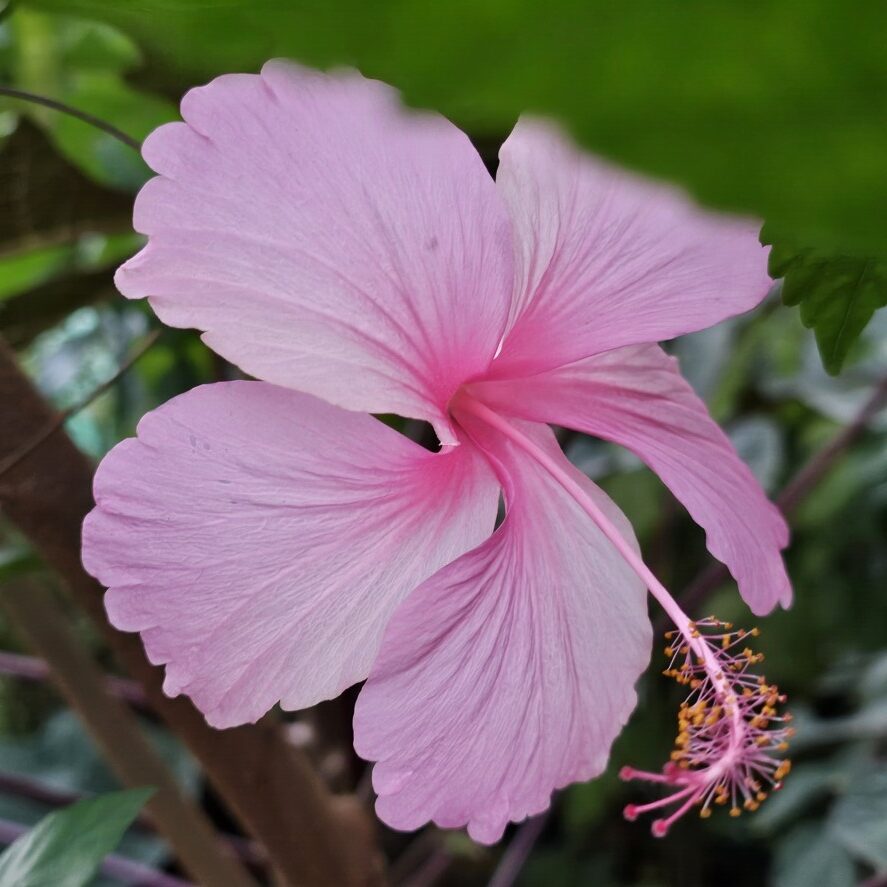


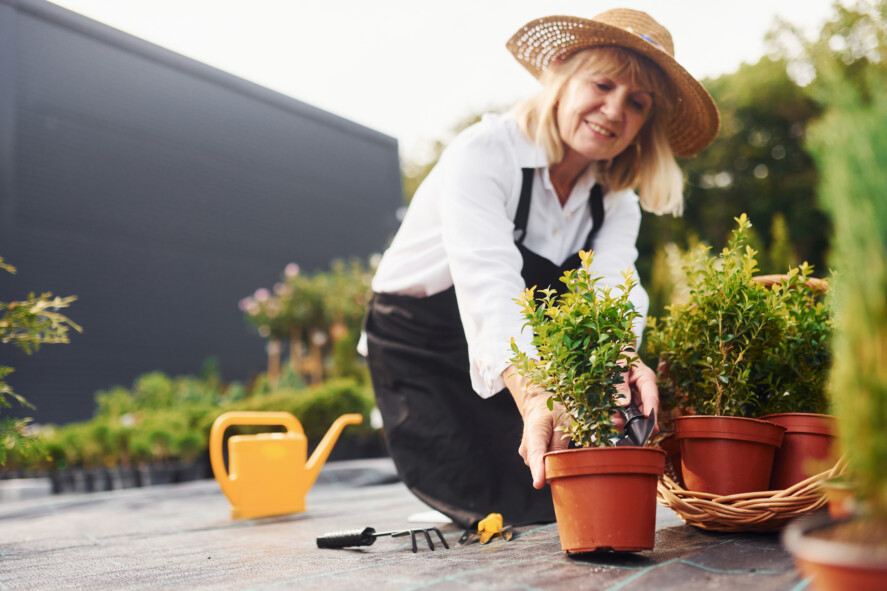



The tips on soil and mulching practices for Feijoa Bambina are very practical. Thanks for sharing this detailed guide.
I appreciate the advice on deep watering and shading. This will definitely help in maintaining the health of the plants during dry spells.
It’s great to know that Feijoa Bambina has such high drought tolerance. This information is very helpful for gardeners in dry climates.
The deep root system of Feijoa Bambina is quite impressive. It explains why this plant can survive in drought conditions. Excellent insights!
Understanding the drought resilience of Feijoa Bambina makes it a promising choice for gardeners dealing with water restrictions. Very informative!